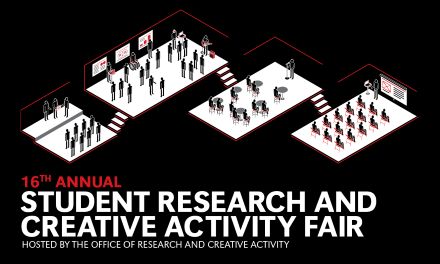High Cognitive Load Situations Decrease Both Walking and Cognitive Performance
Advisor Information
Julie Blaskewicz Boron
Presentation Type
Poster
Start Date
26-3-2021 12:00 AM
End Date
26-3-2021 12:00 AM
Abstract
A high cognitive load situation (HCLS) is completing two or more tasks simultaneously (i.e. walking while talking). Differential allocation of attentional demands creates HCLS, potentially deteriorating cognitive and/or gait performance, impacting fall risk. This study investigated whether different load types [(Single-task (ST): talking/walking only, and HCLS: walking while talking on a phone)] impacted gait and cognitive performance among young (n=8; age=23.16±1.96yrs), middle-aged (n=14; age=44.79±7.42yrs), and older (n=15; age=74.47±3.91yrs) adults. In 3-minute trials, participants completed single-task walking (ST-W) and phone conversations with easy (e.g., favorite food, ST-E) and difficult (e.g., personal relationships, ST-D) topics, and also combined walking and talking (easy: HCLS-E and difficult: HCLS-D). For gait, speed, step length (SL) and stride width (SW) were analyzed with 3(ST-W, HCLS-E, HCLS-D) x 3(Age) repeated-measures ANOVAs. HCLS resulted in slower speed (p
Scheduling Link
1
High Cognitive Load Situations Decrease Both Walking and Cognitive Performance
A high cognitive load situation (HCLS) is completing two or more tasks simultaneously (i.e. walking while talking). Differential allocation of attentional demands creates HCLS, potentially deteriorating cognitive and/or gait performance, impacting fall risk. This study investigated whether different load types [(Single-task (ST): talking/walking only, and HCLS: walking while talking on a phone)] impacted gait and cognitive performance among young (n=8; age=23.16±1.96yrs), middle-aged (n=14; age=44.79±7.42yrs), and older (n=15; age=74.47±3.91yrs) adults. In 3-minute trials, participants completed single-task walking (ST-W) and phone conversations with easy (e.g., favorite food, ST-E) and difficult (e.g., personal relationships, ST-D) topics, and also combined walking and talking (easy: HCLS-E and difficult: HCLS-D). For gait, speed, step length (SL) and stride width (SW) were analyzed with 3(ST-W, HCLS-E, HCLS-D) x 3(Age) repeated-measures ANOVAs. HCLS resulted in slower speed (p

